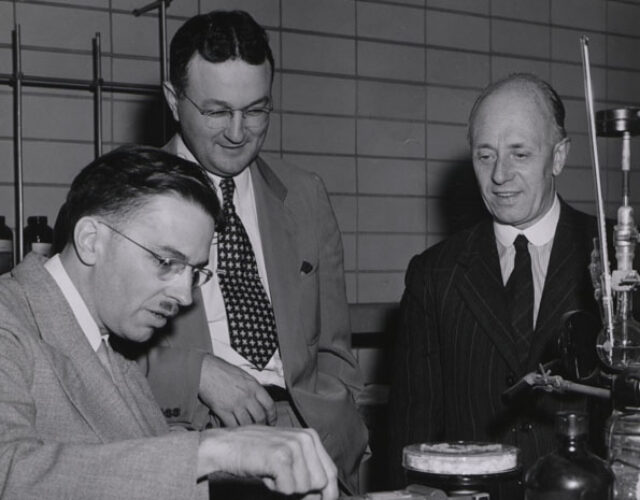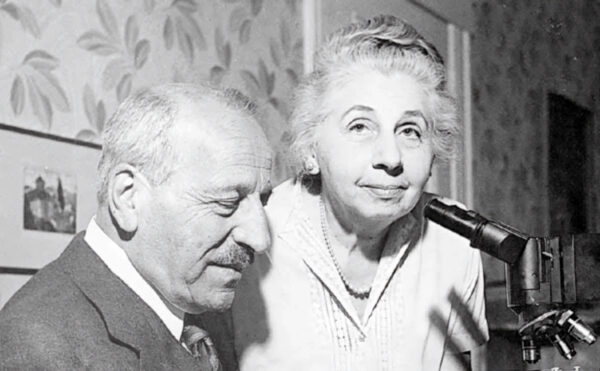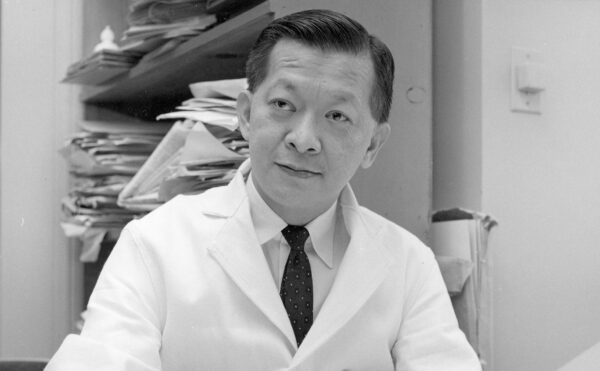The relationship between the pharmaceutical industry, the biomedical sciences, and government regulators has recently been a hot topic in Washington, D.C. For more than 50 years the industry and academic research institutions have been developing a complex network of funding, research interests, and political influence. This network has resisted changes proposed by those who would increase regulations on prescription drugs and extricate the industry from involvement in regulating bodies. To improve the overall system, we must first understand its 50-year history.
Over the past two years the U.S. Food and Drug Administration (FDA) and Congress have sought to break the pharmaceutical industry’s influence over the regulatory system. In August 2008 the FDA enacted new rules barring researchers from serving on its advisory committees if they receive more than $50,000 either from a company whose product is being discussed or from that company’s competitors. And in the fall of 2007 the Senate and House passed bills that restrict the number of conflict-of-interest waivers permitted on each FDA advisory committee. These waivers allow experts with otherwise “disqualifying financial interest” to serve on an FDA advisory committee.
Academics are also concerned about their relationships with drug companies. In April 2008 the New York Times reported that some prominent academic researchers, troubled by ethical conflicts, have decided to stop accepting payments from drug companies.
While these efforts to limit the industry’s influence over the regulatory system are certainly admirable, they are not a comprehensive solution to a problem that has been with us for half a century. The American drug industry has been the subject of persistent critique and the target of a significant pharmaceutical reform movement since the mid-1950s. Between 1959 and 1979 Democratic legislators, with the aid and support of labor groups, consumer groups, and patient advocates, undertook a series of congressional investigations into the American pharmaceutical industry. During the legislative phases of these hearings, the reformers pushed for legislation that would increase competition and lower prescription drug prices. The legislation would reduce the patent term on prescription drugs, establish a federal center of drug development to conduct all preclinical and clinical drug testing, and make it mandatory for physicians to prescribe by generic name only.
At every turn the legislation faced staunch opposition from the drug industry, the American Medical Association (AMA), and a cadre of leading academic physicians. Together, this alliance of industry and the medical profession defended the current system of drug development and regulation, putting forward a series of powerful arguments against greater regulation of the American drug industry. One of the most persuasive of these arguments was that the government’s increasing encroachment on private enterprise in the health-care field signaled America’s ready sprint toward socialized medicine—a system that the pharmaceutical industry and the medical profession have warned every American to fear.
Through lobbying efforts, congressional testimony, and a massive public-relations campaign, the industry and its allies reminded legislators and interest groups of the incredible innovativeness of the U.S. drug industry since World War II. The industry, after all, had produced a vast array of highly efficacious therapeutic agents—antibiotics, corticosteroids, psychotropic drugs, and new vaccines, for example—that had significantly reduced mortality and morbidity and decreased human suffering. The industry and its allies highlighted these achievements to argue that increasing government regulation of the pharmaceutical industry would stultify drug innovation in the United States. Legislators in favor of greater government controls were faced with the problem of appearing to vote against the potential for developing new “wonder drugs.”
The relationships between the drug industry and the medical profession have extended beyond politics. Since the 1930s such research-based drug companies as Merck, Lilly, Abbott, Upjohn, and Parke-Davis have relied on collaborations with academic researchers to develop and maintain innovative research programs. Through these partnerships drug firms gained access to the work being done in academic laboratories and the invaluable insights of those at the forefront of biomedical research. In return the academic researchers who worked with drug firms received critical research funding and the opportunity to have their research translated into new therapeutic agents. Moreover, academics and their institutions drew on these relationships and called on drug firms for help in addressing their common issues: decreasing numbers of students and scientists entering the biomedical fields and increasing federal authority over medical education and practice. From the 1940s through the 1970s, in response to these shared problems, drug companies established postdoctoral fellowship programs and funded the establishment of clinical pharmacology programs. In the late 1950s, for example, the drug industry’s trade association helped establish the first clinical pharmacology programs in the country by funding annual training fellowships at Johns Hopkins University and the University of Pennsylvania. This, industry and academia hoped, would encourage young researchers to enter the pharmaceutical research field and provide medical schools with a nongovernmental funding source with which to train the next generation of pharmaceutical researchers.
It was the shared interests of academic researchers and the drug industry and the industry’s responsiveness to the needs of the biomedical community in the post-war decades that led the AMA, the drug industry, and certain leading academic physicians to join forces against pharmaceutical reformers in the 1960s and 1970s. These same networks continue to influence pharmaceutical policy today.
In addition, the federal government’s perpetual failure since the early 1960s to commit financially to drug regulation mars current reform efforts. Indeed, each time Congress has passed significant drug reform it has failed to give the FDA the necessary funds to secure the manpower and resources needed to fulfill the agency’s new regulatory burden. As a result the FDA has resorted to solutions that have invited drug companies into the center of the regulatory process. Take, for instance, the 1962 Drug Amendments. Passed in the wake of the thalidomide tragedy in Europe, these amendments for the first time required drug manufacturers to provide evidence of their drugs’ effectiveness. They also required firms to provide much more extensive safety data on their new drugs. Yet, even as President John F. Kennedy sought to bolster America’s drug regulatory system by increasing the FDA’s staff by 25%, Congress refused to grant the necessary increase in the FDA’s budget. Left without the manpower and resources to perform its new regulatory functions, the agency called on experts from academia—many of whom had ties with drug companies—to perform some of that regulatory work.
In 1992, when Congress authorized the fast tracking of drug approvals—a measure intended to increase access to new drugs for AIDS patients—it again failed to guarantee the FDA the necessary federal funds to cope with the greater workload. Instead Congress introduced a system of user fees to be paid by drug firms who wanted their new drug applications fast tracked. The result has been that pharmaceutical companies can now pay the FDA to expedite drug approval, and the relationship between drug firms and regulators is further intensified.
Today’s regulatory system, as well as the limits of that system, are the products of Congress, the FDA, universities, medical schools, physicians, and researchers being politically, socially, and financially invested in maintaining the status quo in pharmaceutical and health policy. The first step toward resolving the current problems in America’s system of drug development and regulation is to recognize the historical roots of—and the social and political reasons for—the extensive and intertwined relationships between the drug industry, the FDA, researchers, and physicians. Only after we fully understand this complicated network can we begin to address its deficiencies.




